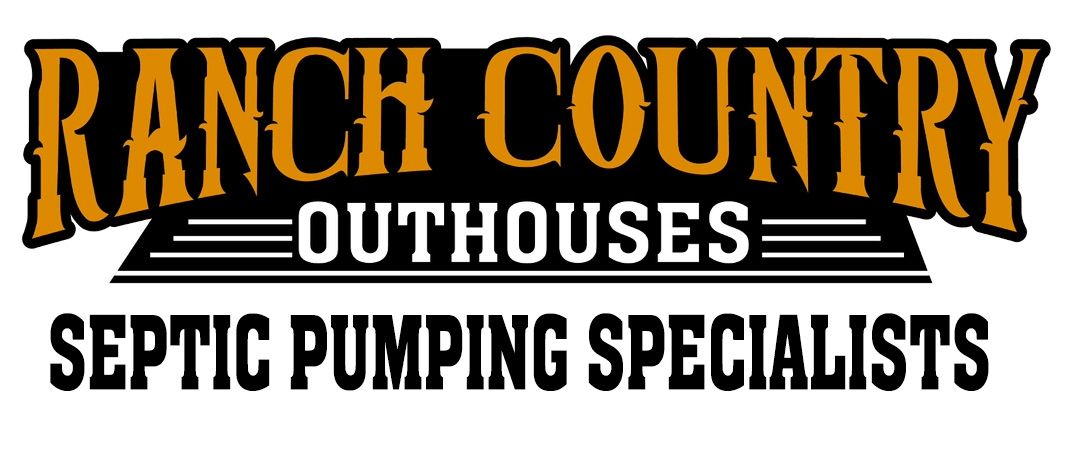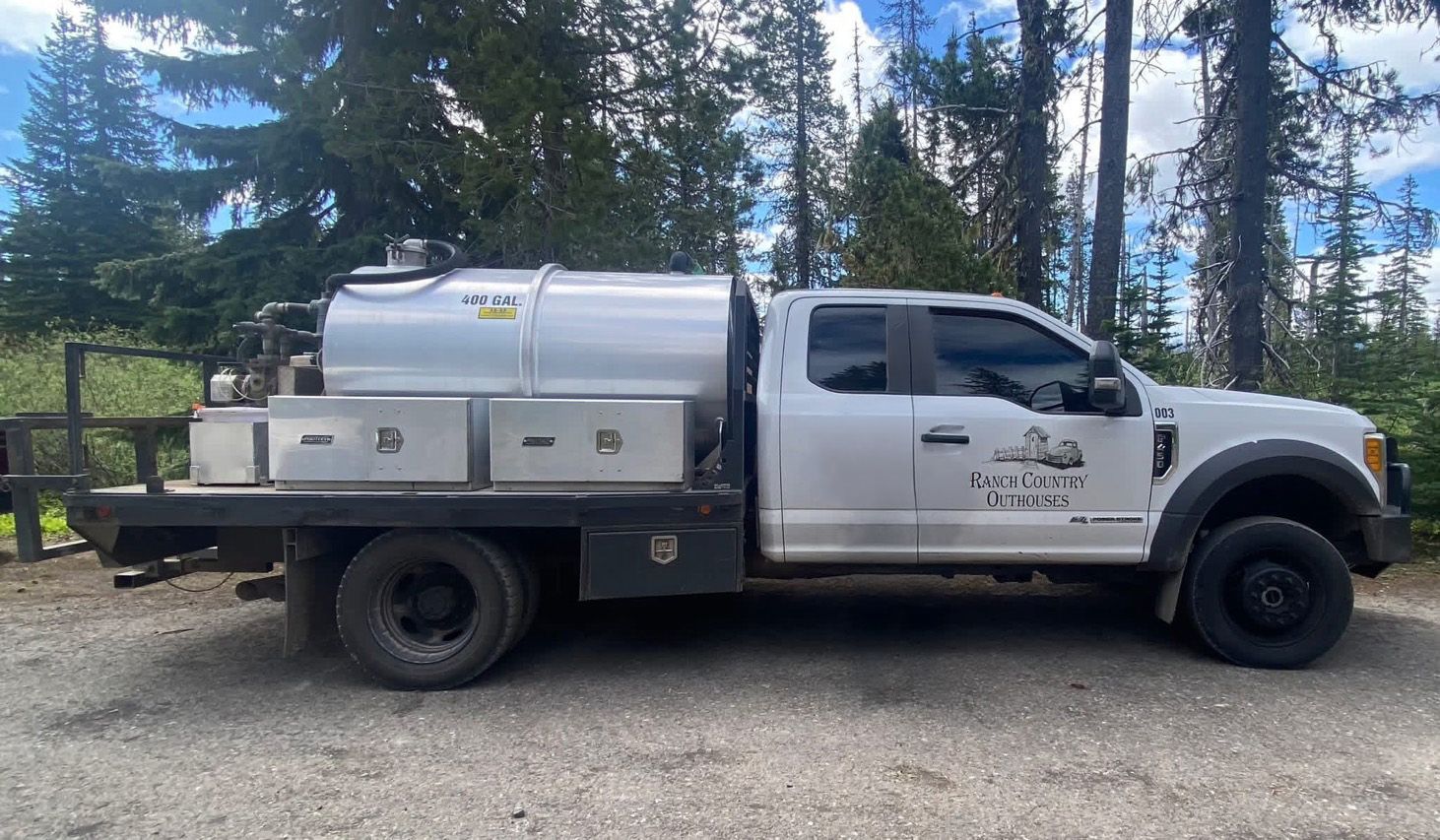Septic Tank Maintenance For All of Central Oregon Including:
Sisters, Bend, Redmond, Prineville, LaPine, Sunriver, Madras, Black Butte, Crooked River Ranch, and Terrebonne.
Maintaining a Healthy Septic System in Central Oregon
As the owner of a septic system, you play a critical role in protecting your community’s water quality, natural environment, and even property values. A neglected or failing system can lead to contamination of local groundwater and surface water, potentially affecting the health and well-being of entire neighborhoods. In areas like Bend, Redmond, Sisters, La Pine, Prineville, and surrounding Central Oregon communities, where many homes and rural properties rely on septic systems, proper septic maintenance is essential.
First, let’s go over the basics. When properly designed, installed, and maintained, an onsite wastewater treatment system—commonly known as a septic system—is both cost-effective and environmentally sound. Septic systems collect, treat, and disperse wastewater from homes and businesses. Most systems consist of two primary components: the septic tank and the soil absorption area (also called the drain field, leach field, or disposal field).
The septic tank is a watertight container, typically made of precast concrete, fiberglass, or plastic. Its primary function is to separate solids from liquids in the wastewater that comes from toilets (black water) and sinks, showers, and appliances (gray water). As wastewater enters the tank, solids settle to the bottom forming sludge, while lighter materials float to the top forming a scum layer. Bacteria inside the tank naturally break down some of this waste, but undigested solids remain—this is why regular septic maintenance and pumping is necessary. Using garbage disposals can significantly increase the volume of solids, as items processed through them haven’t undergone any natural digestion like human waste has.
The clarified wastewater that remains in the middle layer flows out to the absorption area, where it is further treated as it percolates through the soil. This soil-based treatment removes harmful bacteria, viruses, and other contaminants before the water eventually reaches groundwater levels. However, if a tank becomes too full, solids can escape into the drain field, leading to system clogs, backup into the home, and even system failure—requiring expensive repairs or replacements.
This is where RCO Septic Pumping Specialists comes in. Based in Central Oregon and servicing cities including Sunriver, Madras, Terrebonne, Culver, and Crooked River Ranch, we’re committed to helping property owners extend the life of their systems with routine septic maintenance, pumping, inspections, and professional care. We recommend pumping your tank every 3–5 years, depending on usage, to avoid the risk of backups or absorption field damage. We also offer system evaluations for property sales and real estate inspections, as well as emergency response if your system starts acting up.
What Every Septic Owner in Central Oregon Should Know
To keep your system healthy and avoid costly repairs, it’s important to understand what type of system you have. Is it a gravity-fed system, a pressure distribution model, or one that includes sand filtration or aerobic treatment? Are there pumps, filters, alarms, or other mechanical components? Once you know this, take note of where each component is located so you can protect them properly.
Here are a few best practices to keep in mind:
- Don’t drive or park over any part of your system, including the drain field—this can compact soil and damage pipes.
- Keep landscaping in check. Tree and shrub roots can invade and damage the drain lines.
- Keep lids accessible for routine pumping and inspections.
- Divert rainwater and surface runoff away from your drain field to avoid oversaturation.
- Conserve water. Fix leaky faucets and spread out laundry loads to avoid overwhelming the system.
Your septic system is not a trash can! Never flush or drain:
- Disposable diapers, baby wipes, feminine hygiene products, cat litter, or cigarette butts.
- Fats, oils, or grease, which can harden and cause blockages.
- Hazardous chemicals like paint, pesticides, or medications, which can disrupt the biological processes in your tank.
RCO Septic Pumping Specialists — Your Trusted Partner in Central Oregon
Septic maintenance isn’t just about avoiding emergencies—it's about protecting your investment and safeguarding your community. At RCO Septic Pumping Specialists, we proudly provide expert care to homes and businesses throughout Central Oregon, including Bend, Redmond, La Pine, Sisters, Prineville, Madras, and surrounding areas. Our services cover everything from basic septic pumping to full system diagnostics and repairs.
Let us help you with your routine septic maintenance to ensure your system runs efficiently for years to come. Regular upkeep not only helps you avoid unpleasant surprises—it also preserves the clean water and healthy ecosystems that make Central Oregon such a great place to live. Contact RCO Septic Pumping Specialists today to schedule your service, inspection, or consultation. With our experience and commitment, you can count on quality results every time.

